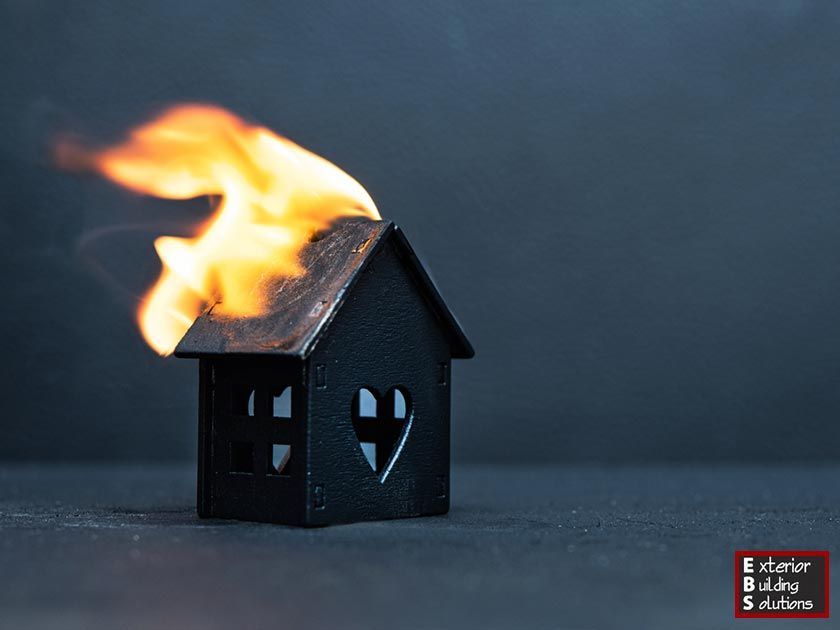

Understanding Fire Ratings for Roofs
GET A FREE ESTIMATE
We will get back to you as soon as possible.
Please try again later.
One of the most critical roles of a roofing membrane is to protect the home or commercial establishment from the threat of extreme elements, including fires. A roof can have a fire rating classification of Class A, Class B, Class C or unrated. Today, we break down the differences between each fire rating for roofs.

A Class A roof is ideal for fire protection and may be required by building codes depending on your location. It is particularly crucial if your property is built in a place prone to wildfires. To achieve a Class A rating, the roof should be proven effective against extreme exposure to fire. Common examples of a Class A covering include slate, clay tiles, concrete tiles and fiberglass shingles.
A Class B roof is able to withstand moderate fire exposures. It should has a maximum flame spread of eight feet and can last at least an hour before ignition. Pressure-treated shakes and shingles are among the roofing materials that many roofing companies use that fall under the Class B rating.
A Class C roof can provide light protection against fire. A roof with this fire rating is able to experience a maximum flame spread of 13 feet and last 20 minutes before ignition. Common Class C materials include plywood, particleboard and untreated wood shingles and shakes.
An unrated roof does not pass the minimum requirements for Class C roofing materials. As expected, it provides little to no protection against fires and should not be used as a roof. In fact, most building codes do not recognize any type of unrated roofing material.
Whether you need a new, fire-resistant roof or an emergency leaking roof repair, you can count on Exterior Building Solutions. Our certified team is committed to delivering the comfort and efficiency that each and every homeowner deserves. Call our team at (314) 470-8783, or fill out our contact form to request a free, no-obligation quote. We serve in Arnold, MO, and other surrounding cities.
What’s the most important thing to do in your home? Taking the time to make it exactly the way you want it. But does that mean these projects should come at additional or unnecessary costs to you? Or should you avoid important repairs simply because you’re worried about the expense?
Contact us

All Rights Reserved | Exterior Building Solutions | Powered by Aletheia Digital | Privacy
Exterior Building Solutions
15472 Manchester Rd.
Ellisville, MO 63011